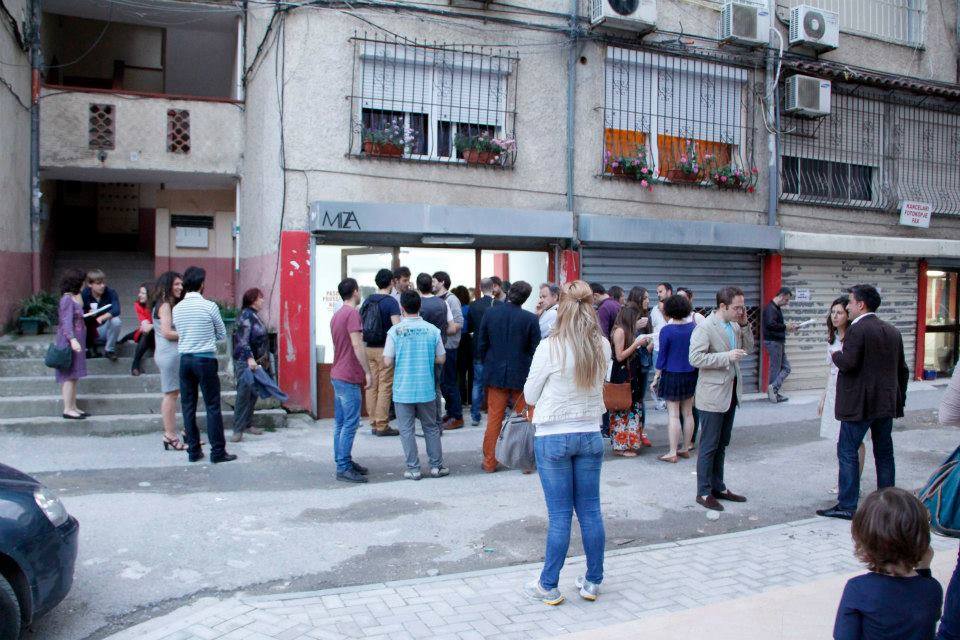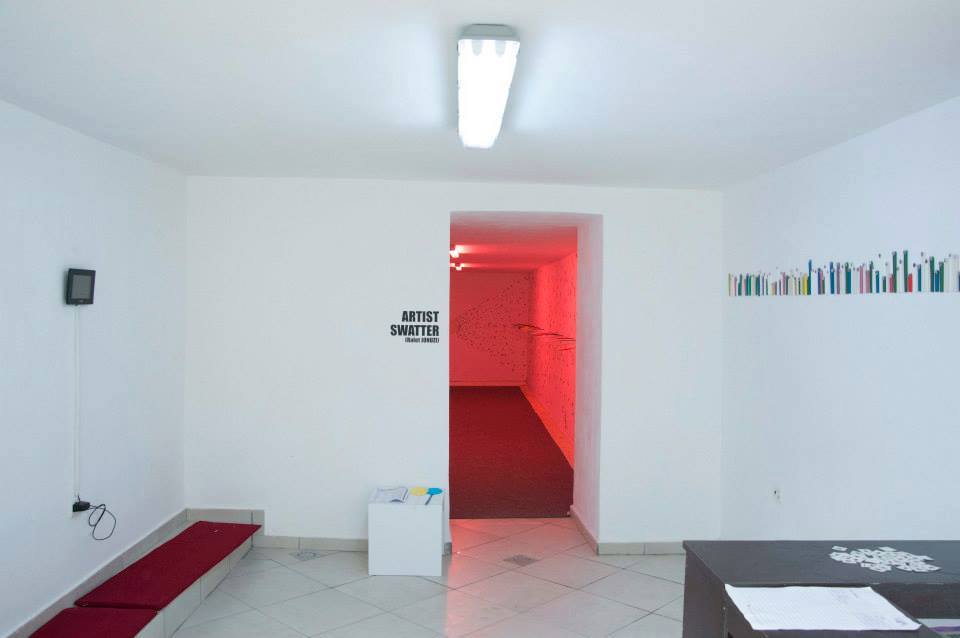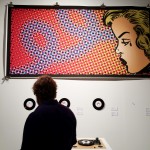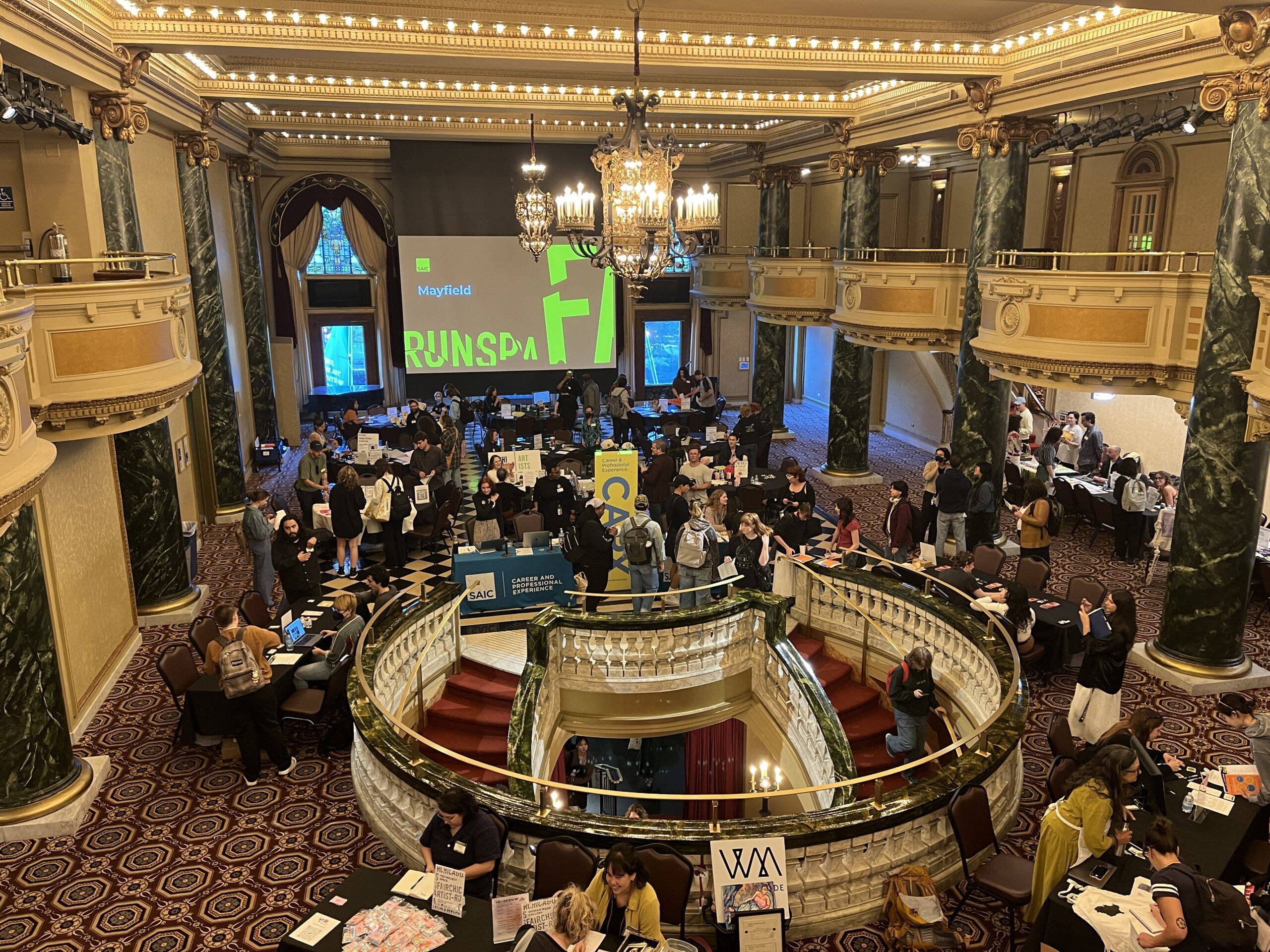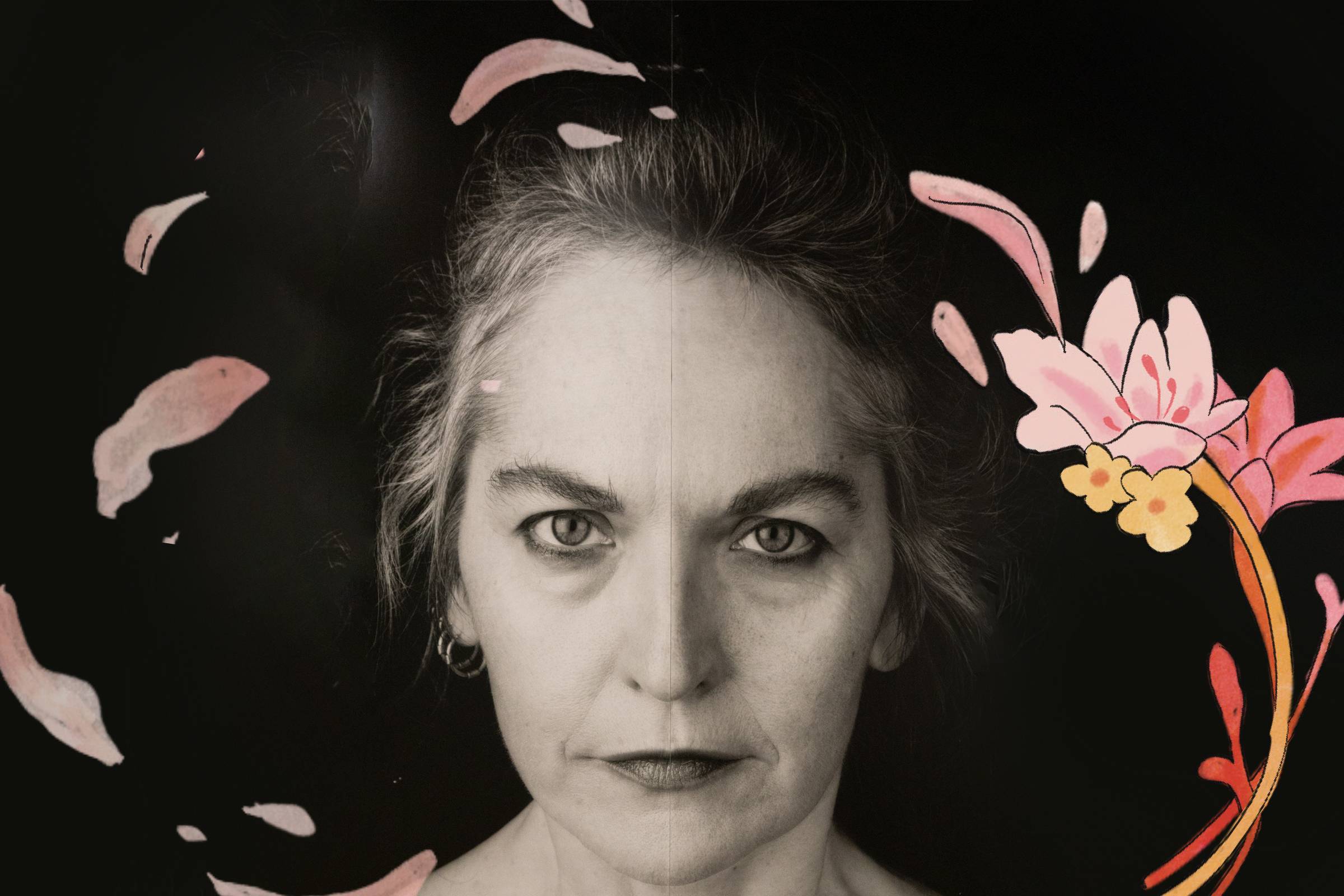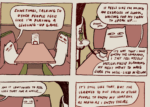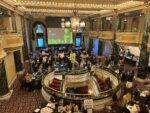A Platform for Contemporary Emerging Artists in Tirana
The narrow mouth of a communist-era air-raid shelter beneath an apartment building is the home to Tirana’s independent artist-run gallery space. Conveniently located near the Academy of Arts, the sprawling leisure grounds of the Artificial Lake Park, and the so-called ‘Bloc’ nightlife zone, the gallery hosts discussions, performances, site-specific installations, and screenings.
When I visited MIZA Galeri, co-founder Olson Lamaj told me that the name of the gallery means “fly,” as in the insect. The fly is a symbol of artistic maturity, referring to the moment that the painter Giotto painted such a realistic fly on his teacher’s canvas, that the teacher tried to brush it off. At this point Giotto was deemed proficient enough to run his own studio. A fly is also small, noisy, and harmless. The team running the space has found a number of amusing ways to deploy the metaphor. Olson showed me a recent video made up of clips of all the contributing artists who had brought work into MIZA, imitating flies. “We don’t know how long we will have the space,” he said. The video commemorated their first year of being open and the achievements of the space. MIZA opened as a not-for-profit, non-governmental organization in November 2012, and works with national and international emerging artists.
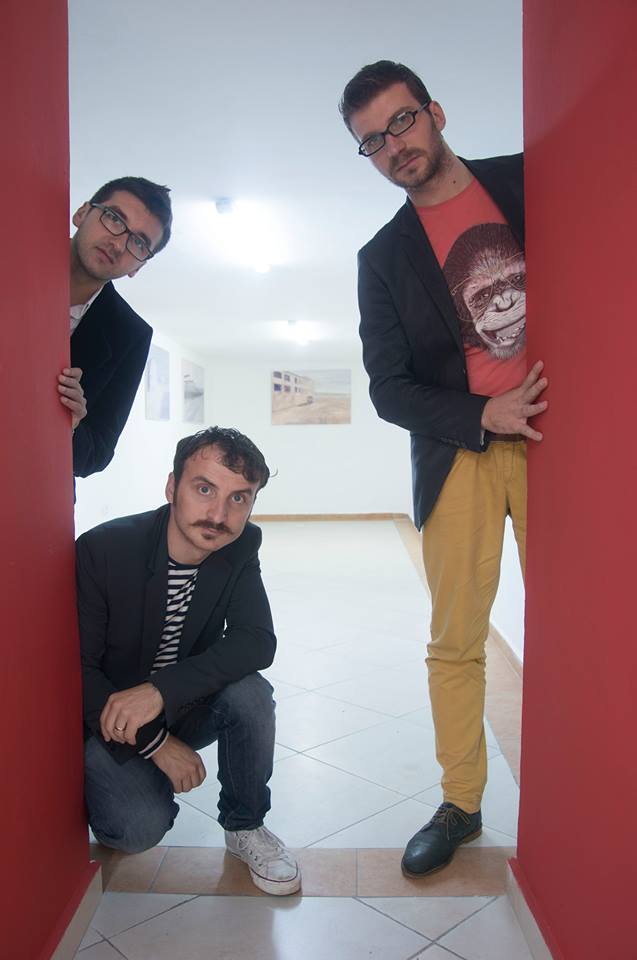
MIZA Gallery founders (from left to right) Rremjon Prronia, Olson Lamaj, and Ëndri Dani. Image courtesy of MIZA Galeri.
The curators Olson Lamaj, Rremjon Prronia, and Ëndri Dani are all also artists themselves. To encourage the collaborations and the creation of new works, they organize several group shows a year around set themes — such as the influence of Pasolini, or the coming singularity of Albania joining the EU. The solo exhibitions in the space also encourage new kinds of interactions within a gallery space, with a focus on site-specific installations. MIZA works with many emerging artists, in a city that has relatively few options. Maintaining a series of consistently thought provoking and well put-together exhibitions is essential to the gallery’s mission. In some sense MIZA is representing young Albanian contemporary art to the world.
Many of the exhibitions from the gallery archive prominently feature Albania’s complex political history. Rafet Jonuzi’s “Artist Swatter,” another play on the gallery’s name, confronts the nature of anonymity and the individual within a swarm. Artists, as flies, line the gallery space in a flurry of aligned portraits on swatter handles, highlighting the two-sided nature of creative personalities as both cultural infection and palliative.
Albania shares borders with Montenegro, Kosovo, Macedonia, and Greece. The long coastline on the Adriatic Sea is only a short ferry-ride from Italy. A part of the Ottoman Empire until 1913, Albania was occupied by Italy and Germany in the 1940s before Enver Hoxha established his brutal and long-running Socialist People’s Republic. Since 1991, The Republic of Albania has had a prime minister and a democratic state. Just last month, in June 2014, the country of 3 million people was granted candidacy to join the EU.
The vast infrastructural changes that have occurred within such a short amount of time is vividly within living memory. Along with the obvious cultural amalgam that is the reality of any Balkan country, Albania’s political past is particularly stratified.
No wonder then, that Ëndri Dani, one of the founders, creates work focused on the idea of a palimpsest. When I visited the gallery, Dani discussed one of his works in progress that addresses the intersections of historical regimes. His photographic series 182cm consists of self-portraits within the entrances to apartment high rises built during the reign of Enver Hoxha. When Hoxha, a notorious dictator and narcissist, reviewed the architectural plans for the buildings he ordered a reduction in height of the building entrances from the planned two meters, to his own height of 182 centimeters. Dani, also 182cm, noticed his exact fit into entryways and investigated the story with the architect originally employed by Hoxha. He now plans to shoot snug portraits in all forty-two of the buildings that were designed to these specifications. Dani’s Palimpsest Series includes a number of pieces that pull apart the notions of a constructed history. For example, he separated the dye from a traditional quilt through an extractive bleaching process, allowing the colored liquid to evaporate. The colorless fabric and the dye — transforming from liquid to powder — are exhibited in the space, a visual metaphor for processes of separation and reconstitution.
Reflecting on the history of production processes and the role of community is a thread that runs throughout all of MIZA’s exhibitions, even though the works are varied in form and content. Pushing resident artists to explore site-specificity in Tirana, the curators are helping to generate highly considered exhibitions that raise the profile of the impactful art currently being made in Albania. Watch this space. It’s changing fast.

